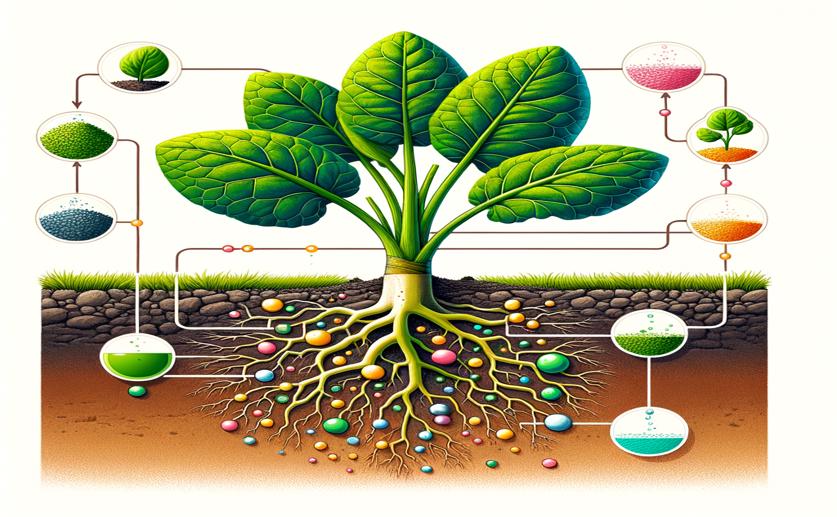
How Vegetable Roots and Leaves Absorb and Move Perfluoroalkyl Substances
Jim Crocker
4th August, 2024

Image Source: Natural Science News, 2024
Key Findings
- The study by Huazhong Agricultural University found that radish, which lacks root Casparian strips, transfers PFASs more readily to its leaves compared to pak choi
- Bioaccumulation of C4-C8 perfluoroalkyl carboxylic acids in pak choi roots follows a U-shaped trend with increasing carbon chain lengths, and their movement to leaves decreases with longer chains
- Leaf uptake of PFASs, especially PFOA, depends mainly on cuticle sorption, and stomatal activity influences PFAS concentrations in leaves
References
Main Study
1) Differential uptake and translocation of perfluoroalkyl substances by vegetable roots and leaves: Insight into critical influencing factors.
Published 1st August, 2024
https://doi.org/10.1016/j.scitotenv.2024.175205
Related Studies
2) Removal of per- and poly-fluoroalkyl substances (PFASs) by wetlands: Prospects on plants, microbes and the interplay.
3) Perfluoroalkyl acid distribution in various plant compartments of edible crops grown in biosolids-amended soils.
4) Perfluorinated compounds in the environment and the blood of residents living near fluorochemical plants in Fuxin, China.



 25th January, 2024 | David Palenski
25th January, 2024 | David Palenski